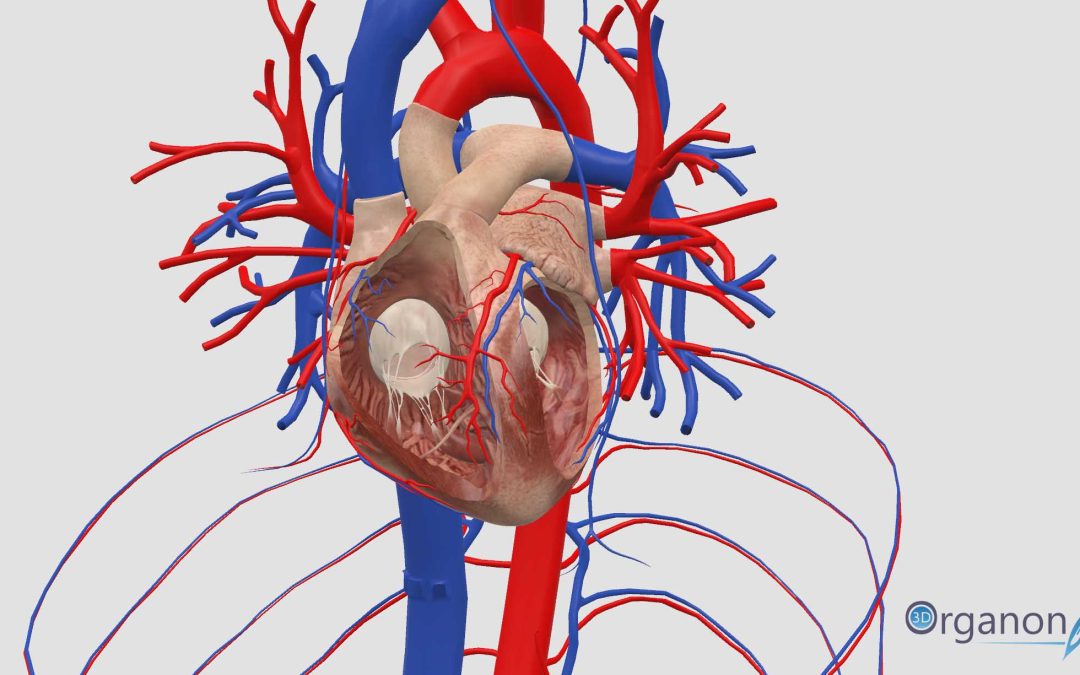Keep your heart healthy!
The 29th of September is marked as World Heart Day. The heart is an essential organ of the human body that constantly pumps oxygen and nutrients around the body. The heart is the first functional organ in human embryos that beats spontaneously by week four, and the last that if it stops beating the person can die in a few minutes.
According to the World Health Organization (WHO), cardiovascular diseases are the world?s leading cause of death, resulting in approximately 17.9 million deaths each year, an estimated 32% of all deaths worldwide. The main risk factors are smoking, diabetes, hypertension, obesity, and others.
Look after your heart by making a healthy diet, avoiding smoking, being physically active, and keeping your weight, blood pressure, and blood lipids in a normal range.
Heart’s basic anatomy and physiology
The heart consists of four chambers: two atria and two ventricles. The atria are the two upper chambers that receive blood, and the lower chambers, the ventricles, release blood. Some valves separate the atria from the ventricles and prevent the backflow of the blood. These are the tricuspid valve, pulmonary, atrial, and mitral (or bicuspid).
Three layers comprise the heart walls, from inner to outer: endocardium, myocardium, and epicardium (inner layer of the pericardium). The right side of the heart receives deoxygenated blood from the periphery and sends it to the lungs, while the left side of the heart receives oxygenated blood from the lungs and pumps it into circulation.
The cardiac circle has two parts: the diastole and the systole. During the diastole, the ventricles relax and fill with blood as the atria contract, emptying all blood into the ventricles. During the systole, the ventricles contract and pump blood out of the heart as the atria relax, filling with blood again.
When we measure blood pressure, the lower number is the diastolic blood pressure while the higher number is the diastolic pressure. Elevated systolic blood pressure means that the blood creates high pressure against the artery walls during systole. If diastolic pressure is high, it means that there is high pressure in the arteries during diastole.
For the latest news, follow 3D Organon on social media.

